What Is Exposure? Photography Basics Explained
Last Updated on
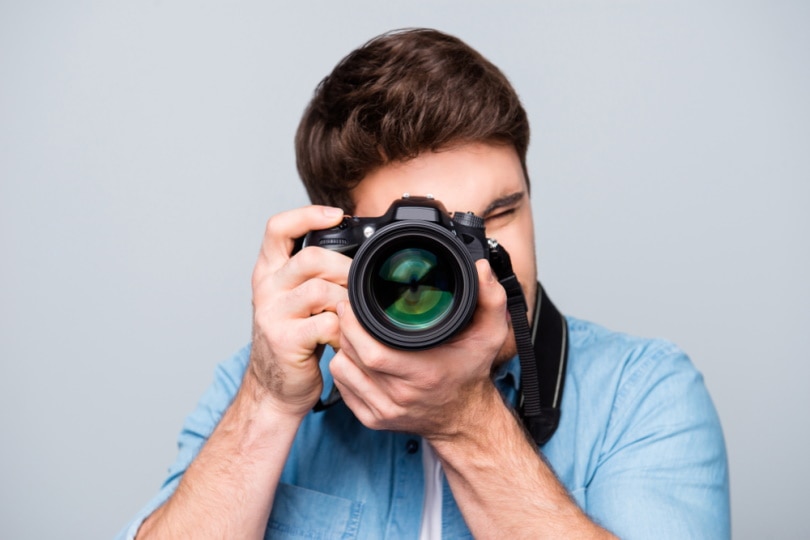
Today’s cameras are a far cry from what they used to be even just 10 years ago. At the same time, they can take a lot of guesswork out of photography. However, you still need to understand what the basic terms, like exposure, mean, especially if you want to branch out and get creative.
It’s true that some photography concepts involve heavy-duty geometry and physics. You don’t need to go back to college to understand them at the basic level. The best way to learn is through practice. After you’ve grasped the terms, go out in the field and try them out to verify what we’ve explained for yourself.

The Exposure Triangle
You’ll find that many photography concepts and terms are interrelated. That’s the case with exposure. The analogy of a triangle is fitting if you think back to Geometry 101. The images of equilateral, isosceles, and scalene triangles reflect the varying angles and different contributions that each of the three elements the exposure triangle brings to the table. They include:
- ISO
- Shutter speed
- Aperture
The first two terms are undoubtedly more intuitive than the last one. We’ll explain each one in detail and show how they affect exposure.
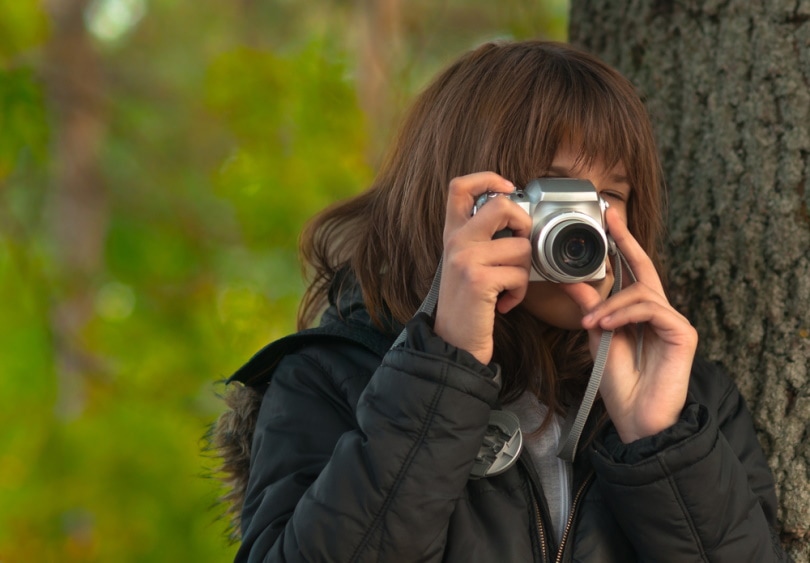
ISO
The acronym comes from the International Organization for Standardization. This non-governmental entity ensures that various industries, from tech to engineering to sewing machines, have a common ground. It simplifies manufacturing, research and development, and the consumer experience. ISO in photography refers both to a film’s sensitivity to light and a setting you can adjust on your camera with the same result. The lower the number, the less the sensitivity. The reverse is also true.
In photography, you would change this setting on your camera to reflect the ambient light of your subject. If it’s a bright, sunny day, you should keep it on the low side or at your camera’s base value. If it’s cloudy or night, you can dial it up to increase it.
However, it comes at a risk. The higher you raise the ISO, the more noise you introduce into a shot. That can make an image or pic look grainy and lackluster. Remember that we talked about exposure being a triangle, implying some sort of balance between the three elements. However, ISO isn’t at the crux of defining exposure. Instead, it influences the outcome.
Shutter Speed
Shutter speed is pretty straightforward. This figure measures how long the shutter stays open to capture a shot. We’re talking fractions of a second, such as 1/1000th. As a general rule of thumb, you should open for a faster speed to catch action shots, whether it’s a Kentucky Derby winner crossing the finish line or a water drop hitting the surface of a pool. A shutter speed that is too short can create motion blur.
On the other hand, you can use motion blur to your advantage by adjusting the speed, making it slower. Think of a waterfall cascading over a ridge. A slower shutter speed would meld those rivulets together into a pleasing composition. Each tick up or down either doubles or halves the time length that the film or sensor receives the incoming light.
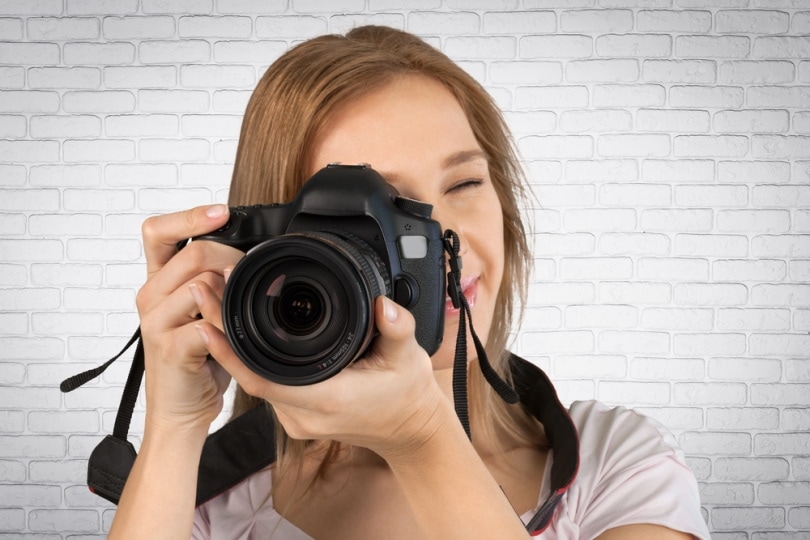
It’s easy to understand how these changes can affect exposure. A longer shutter speed will work well with some subjects. However, holding a camera still for more than a few seconds can ruin a shot with the motion blur you’re trying to avoid. That’s where a tripod can come in handy. Generally, you can use the focal length of your lens as a guide.
If it’s a 50-millimeter (mm) lens, then that’s your make-or-break point. If you set your shutter speed slower than 1/50th of a second, pull out the tripod and save your arms—and the shot!
Aperture
The definition of the aperture isn’t too difficult to understand. This term describes the opening size of the lens. It dictates how much light is coming in during the time set by the shutter speed. You can think of it like your pupil. It’s measured in fractions called stops and is written as f/#. You might see a whole number, such as f/2, or decimals like f/2.8. The range of settings will vary with the lens you use.
It’s helpful to think of the aperture like your pupils. They’re probably the size of pinheads on a bright, sunny day but will expand to large discs when it’s dark. The low-end of the spectrum lets in more light. The high-end restricts the amount of light because the scene is brightly lit. That’s how you can adjust the aperture based on the ambient light.
The fact that a small number equals more light is where the disconnect exists for some because it’s an inverse relationship. The other thing that this setting affects is your depth of field (DoF). It’s something that’s not as intuitive. When the aperture is low at f/2, more light is coming and creating a shallower DoF. In other words, less of what you see looking through your camera is in sharp focus.
Likewise, an aperture set at f/16 lets in less light because the opening is smaller than an f/2 stop. However, it also opens up the DoF to include more of the scene in focus. The DoF has less of an effect on exposure than it does on the aesthetics of the shot with certain techniques, such as bokeh. Nevertheless, ISO, shutter speed, and aperture all have a role to play in exposure.
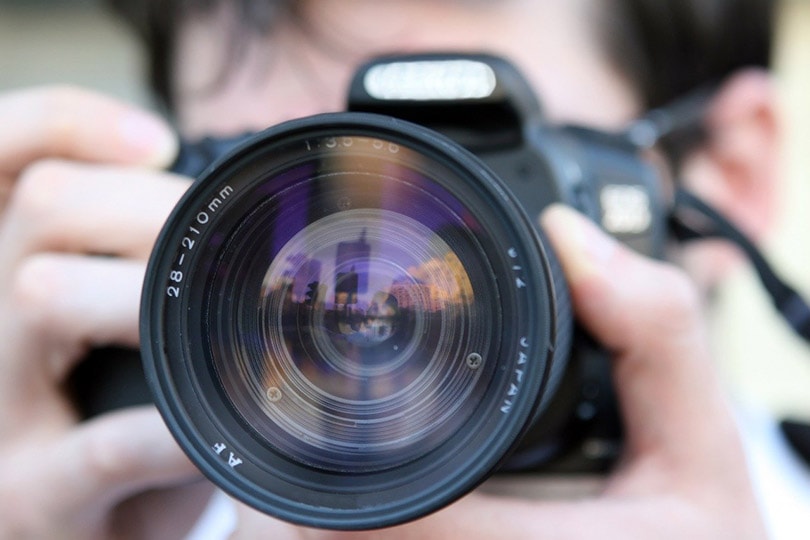
Bringing It Together
An overexposed photo looks washed out and lifeless because the details are lost in the noise and light. An underexposed image hides the features that make a shot interesting. The key is finding a happy medium. If your camera has a built-in light meter, you’re a step ahead of the game. While exposure isn’t a setting per se, this component will tell you if you’re in the ballpark of a decent shot.
Many cameras use a scale of -1–0–1 to determine if your photo is underexposed, just right, or overexposed. Sounds like a Goldilocks analogy, doesn’t it? However, it’s true, but it’s not a hard-fast rule. The essential takeaway is that ISO, shutter speed, and aperture exists in balance to achieve your desired lighting.
Adjusting Exposure
Knowing what to adjust depends on your goals for the shot. Here’s where creativity comes into play. We suggest beginning with the ISO at your camera’s base value or in harmony with the ambient light. Go lower if it’s sunny and opt for higher if it’s dark. Then, consider the DoF. Sometimes, going with a shallow DoF can add interesting dramatic elements and direct the viewer’s focus.
You can use aperture-priority mode if available on your device. Otherwise, adjust your shutter speed until you’ve found the sweet spot.
If your control over motion blur is your goal, go from ISO to shutter speed to get the shot you want, dialing back on the speed to keep your subject in focus. You can raise your ISO if necessary. Remember that it may affect the final result.
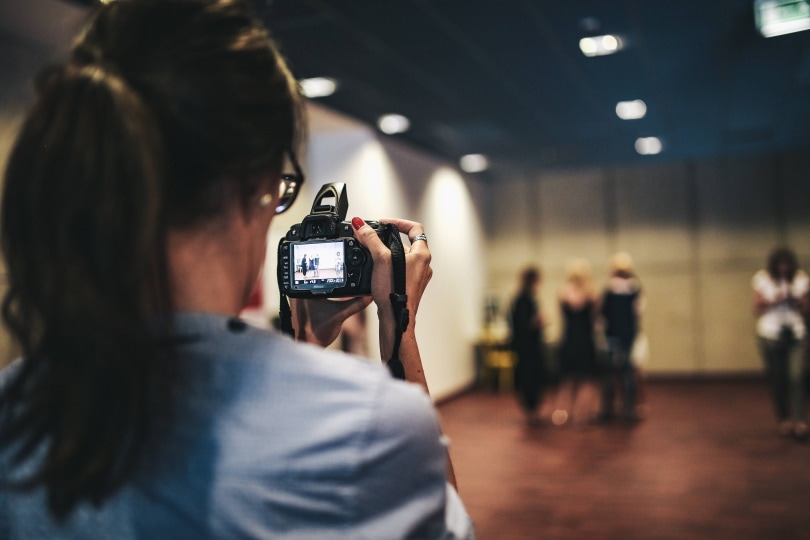

Final Thoughts
Exposure isn’t a difficult concept once you understand how other settings affect it. It’s not a leap of faith to imagine that manipulating the ISO, shutter speed, and aperture settings offer infinite possibilities. That’s what makes photography so challenging and fun. It may not be the same as having a paintbrush in your hand, but it’s easy to give your creativity the upper hand and revel in the possibilities.
Featured Image Credit: Roman Samborskyi, Shutterstock
About the Author Chris Dinesen Rogers
Chris has been writing since 2009 on a variety of topics. Her motto with all of her writing is “science-based writing nurtured by education and critical thinking.” Chris specializes in science topics and has a special love for health and environmental topics, and animals of all shapes and sizes.
Related Articles:
What Is the Best Binocular Magnification for Hunting? Optical Features Explained
How to Clean a Refractor Telescope: Step-by-Step Guide
How to Clean a Telescope Eyepiece: Step-by-Step Guide
How to Clean a Rifle Scope: 8 Expert Tips
Monocular vs Telescope: Differences Explained (With Pictures)
What Is a Monocular Used For? 8 Common Functions
How to Clean a Telescope Mirror: 8 Expert Tips
Brightfield vs Phase Contrast Microscopy: The Differences Explained
